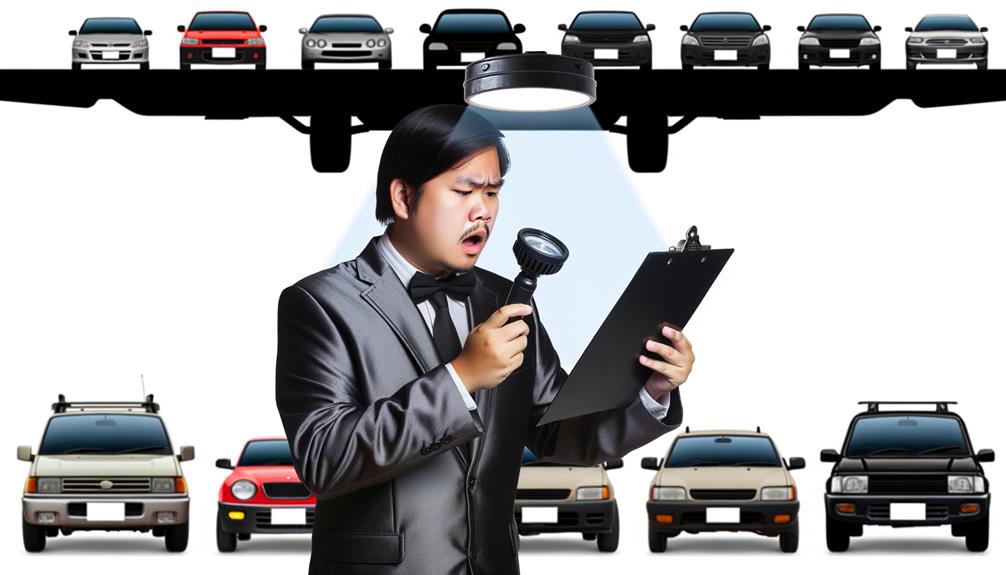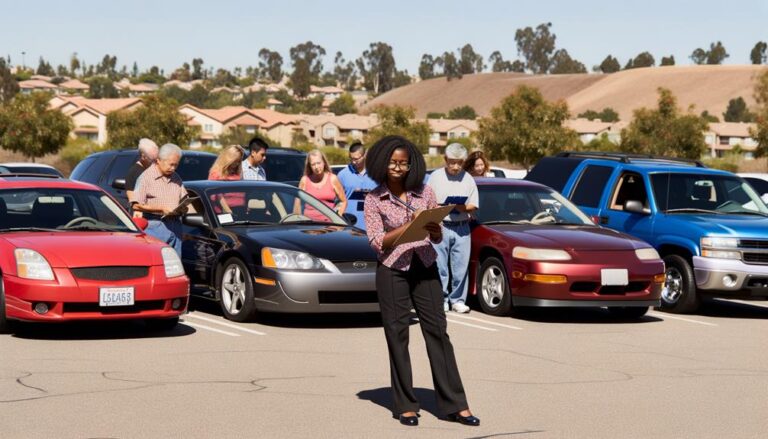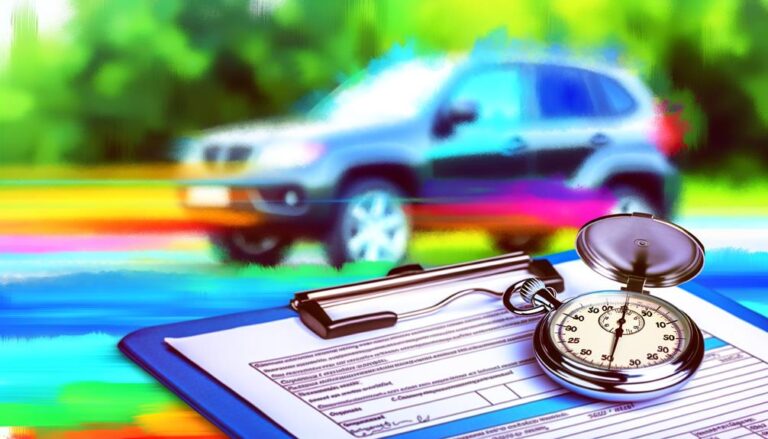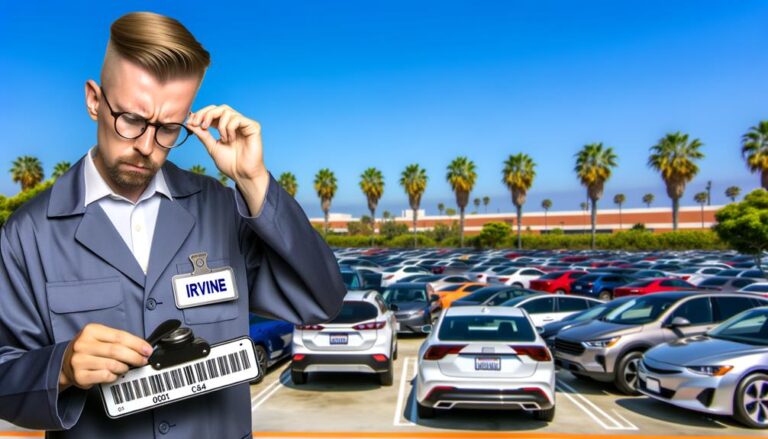How to Avoid Common Mistakes With an Irvine VIN Verifier
To avoid common mistakes with an Irvine VIN verifier, ensure you have clear visibility of the VIN plate and check it under good lighting to prevent transcription errors. Always cross-reference the VIN with your vehicle's title and registration documents to ensure consistency. Utilize the services of a licensed VIN verifier, especially for out-of-state vehicles that must meet specific California emissions and safety regulations. Keep your vehicle's documentation, like the title and proof of purchase, handy and updated. Being proactive and consulting experts can significantly streamline your verification process. Insight into more tips and practices awaits you as you explore further.
Understanding VIN Verification
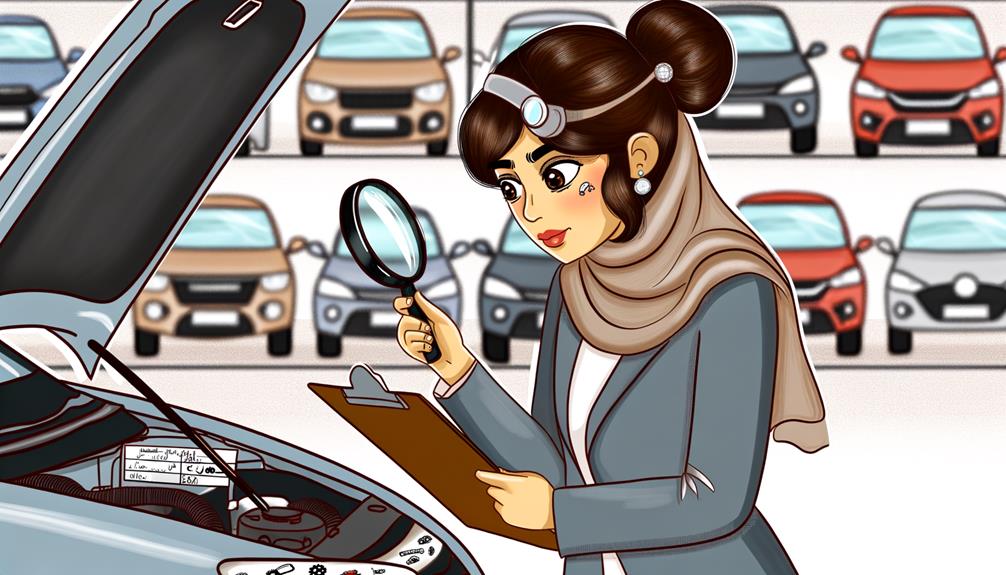
VIN verification is a critical step required by the DMV to ensure the accuracy of your vehicle's 17-character identification number, matching it against official documents like the title and registration. This process isn't just a formality; it's your ticket to freedom on the road, ensuring that your vehicle's identity is crystal clear and legally recognized.
When you undergo VIN verification, you're not just ticking a box. You're engaging in a thorough inspection process that verifies your vehicle's year, make, model, and VIN location, safeguarding against fraud and ensuring that everything is up to snuff.
Especially if you're bringing a vehicle from out-of-state, this step is crucial for smooth registration in California. Additionally, authorized VIN verifiers must inspect the emissions label to ensure compliance with environmental regulations.
Remember, the verification isn't just about looking at your car. It involves meticulous checks by licensed verifiers who are trained to spot any discrepancies that might trip you up later.
These professionals use their expertise to confirm that your documentation aligns perfectly with your vehicle, streamlining your path to registration.
Common Transcription Errors
When transcribing your vehicle's identification number, it's easy to make mistakes, especially with characters that look alike. This can be a real headache when you're eager to breeze through the registration or verification process. Remember, VINs don't include the letters "I," "O," and "Q" to avoid confusion with similar-looking numbers. So, you've got to stay sharp and ensure you're reading '1' instead of 'I', or '0' instead of 'O'.
Poor visibility can also throw a wrench in your efforts. Maybe the VIN plate is caked in dirt, or rust is obscuring part of the number. Perhaps you're trying to jot it down in dim light. These conditions make it all too easy to miss or misread characters, leading to transcription errors.
That's why it's crucial to clean up the VIN tag area and use sufficient lighting during verification. Additionally, if you're dealing with a vehicle that has been out of state, ensure you're aware of California's specific VIN verification requirements, which may add another layer of complexity to the process.
Always have your original documentation on hand. It's your best defense against common mistakes. Cross-referencing the VIN on your vehicle with what's on your title or registration ensures accurate transcription.
Documentation and Ownership
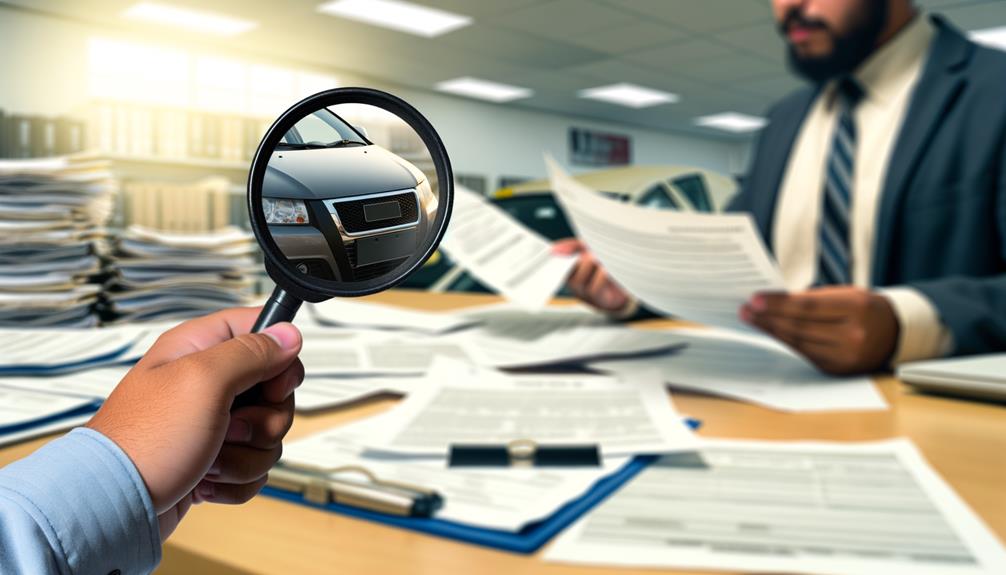
Always carry the original title during VIN verification to ensure the VIN matches the documents and prevent discrepancies. This step is crucial; if the numbers don't align, you're in for a world of bureaucratic nightmares. You'd be surprised how often this simple act clears up potential issues from the get-go.
When VIN verification is done, it's your freedom on the line. Ensure all vehicle documents, including registration and proof of purchase, consistently reflect the VIN details. This coherence is vital for a smooth registration process, sparing you from unnecessary hassles.
Before you seal the deal, request a full history report using the VIN. This isn't just a formality; it's your right to confirm the vehicle's background and solidify your proof of ownership. Additionally, secure the seller's supporting documentation. This isn't just paperwork; it's your peace of mind.
Lastly, don't forget to update and maintain your ownership records with the DMV. Accurate documentation keeps your title clear and your ownership undisputed.
Regular upkeep of these records ensures that the verification process remains a formality, not a hurdle, empowering you to own and drive without a shadow of doubt.
Seeking Expert Assistance
Consulting a licensed VIN specialist is a smart move before you begin the verification process. It's about ensuring your freedom—to own, drive, and manage your vehicle without untimely hitches.
Licensed VIN specialists delve deep into the vehicle identity, helping you spot common mistakes that could derail your efforts. They're your first line of defense against inaccuracies that lead to registration delays.
When you're dealing with something as crucial as your vehicle's identity, professional inspections aren't just helpful; they're essential. These experts bring an understanding of local law enforcement practices and can detect signs of VIN tampering—issues that could severely impact your legal standing and peace of mind.
Moreover, don't shy away from seeking legal advice if things seem murky. Addressing unusual VIN-related concerns or ownership disputes early with professional legal counsel aligns with state regulations and safeguards your interests.
This proactive approach minimizes errors and streamlines the verification process, ensuring you're not caught in avoidable delays.
Real-World Case Studies
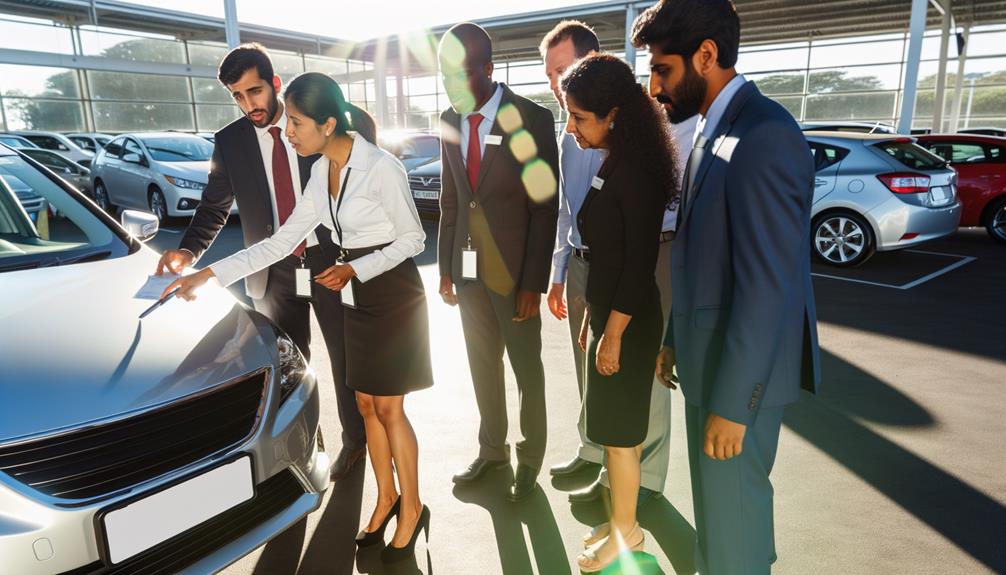
Seeking expert help is your first step in ensuring your VIN verification process goes smoothly.
Let's dive into some real-world case studies to highlight how easily things can go awry and how you can sidestep these pitfalls.
Imagine a seller who, in haste, misreads the VIN on a vehicle title, leading to a transposed digit. Such a minor slip-up causes significant registration delays for the buyer. It's crucial to verify the VIN against multiple supporting documents before inspection to prevent this common mistake.
Now, consider someone trying to register an out-of-state vehicle without checking for a federal safety label first, only to find the vehicle ineligible for VIN verification. Always check vehicle eligibility before setting your verification appointment to avoid unnecessary headaches.
A mobile verifier once arrived to inspect a motorcycle but couldn't complete the task due to missing supporting documents. Ensuring all your paperwork is in order before the verifier's arrival is essential.
Moreover, a buyer provided incorrect VIN information to their insurance, leading to denied claims after an accident, underscoring the need for accurate VIN documentation.
Lastly, in commercial transactions, ensure that VINs on inspection documents match the vehicle title to avoid confusion.
State-Specific Procedures
Understanding state-specific procedures is crucial when dealing with VIN verification, especially considering the variation from one state to another.
In California, if you're bringing in an out-of-state vehicle, the California Department of Motor Vehicles mandates a thorough inspection to confirm that the vehicle identification matches the original title and other documents. This is recorded on the REG31 form.
You'll need to check specific details like the year, make, model, and VIN location, not to mention the odometer reading and the presence of federal certification labels.
Remember, vehicles from 1980 or newer must have these labels; otherwise, licensed vehicle verifiers can't perform the inspection. Don't make the common mistake of showing up unprepared. Ensure all your vehicle documents are aligned and consistent to prevent any delays.
This process differs significantly from other states, such as Pennsylvania, where only a licensed mechanic is allowed to conduct VIN verifications.
By understanding these state-specific nuances, you'll navigate the VIN verification process more smoothly and ensure your freedom to move forward without bureaucratic hold-ups.
Keep your documents handy, and you'll be set to go.

